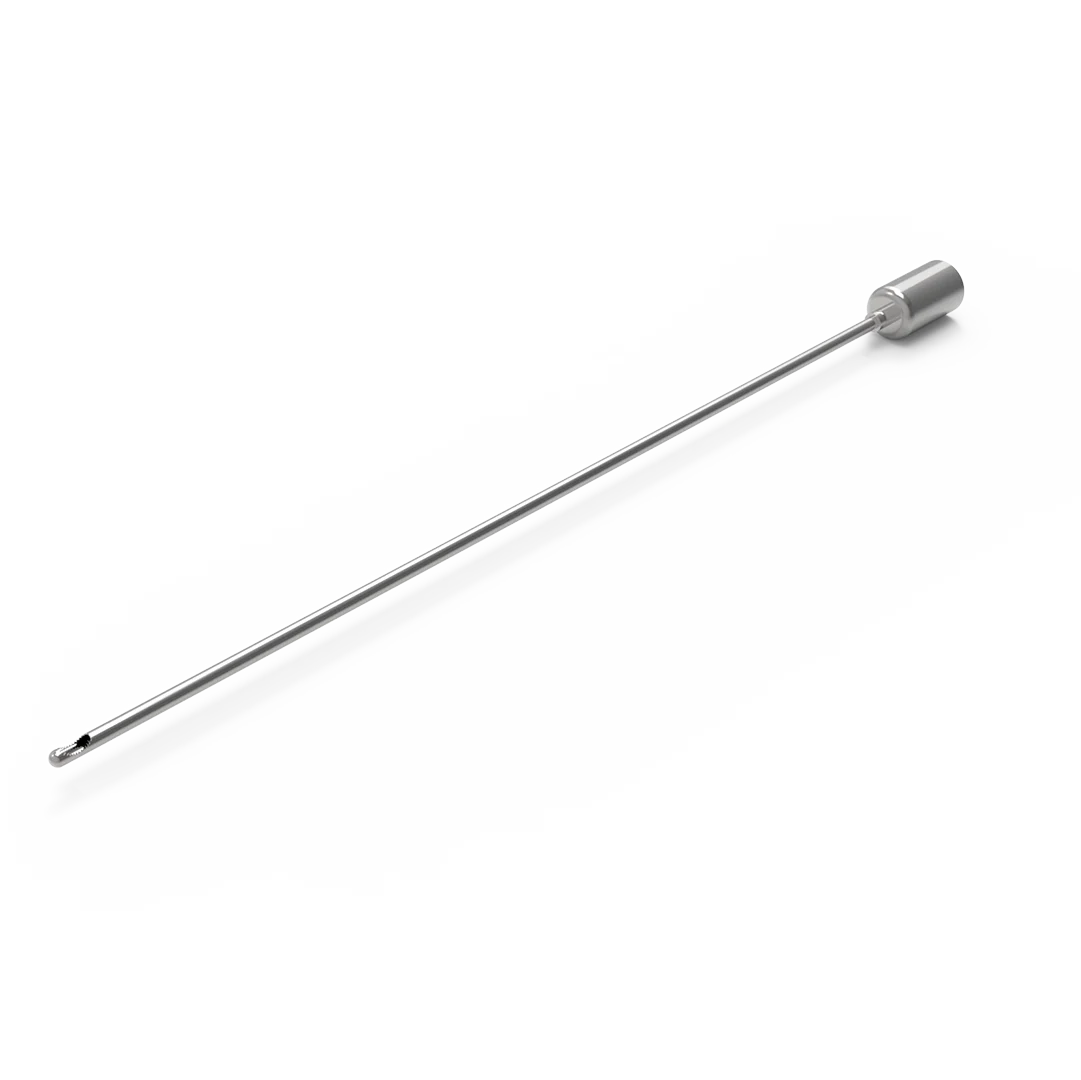Choosing the Right Wood for Office Furniture: A Comprehensive Guide to Durability, Aesthetics, and Sustainability
When it comes to selecting office furniture, the choice of wood is paramount. The right type of wood not only influences the aesthetic appeal of your workspace but also affects durability, maintenance, and environmental sustainability. In this article, we will explore various types of wood commonly used in office furniture, evaluating their characteristics, advantages, and potential drawbacks. This comprehensive guide aims to help you make an informed decision that aligns with your office's functional and aesthetic needs.
Understanding Wood Types: Hardwoods vs. Softwoods
Before delving into specific wood types, it’s essential to understand the difference between hardwoods and softwoods. Hardwoods, derived from deciduous trees, are generally denser and more durable than softwoods, which come from coniferous trees. This distinction is crucial when considering the longevity and wear resistance of office furniture.
Hardwoods
- Oak
- Characteristics: Oak is a popular choice for office furniture due to its strength and durability. It features a prominent grain pattern and is available in two varieties: red and white oak.
- Advantages: Oak is resistant to wear and tear, making it ideal for high-traffic areas. Its natural beauty can enhance the aesthetic of any office space.
- Drawbacks: Oak can be heavy and may require additional support for larger pieces. It is also susceptible to water damage if not properly sealed.
- Maple
- Characteristics: Maple is known for its fine, consistent grain and light color, which can brighten up an office environment.
- Advantages: It is incredibly durable and resistant to scratches, making it suitable for desks and conference tables.
- Drawbacks: Maple can be more expensive than other hardwoods, and its light color may show stains more easily.
- Cherry
- Characteristics: Cherry wood is renowned for its rich color that deepens over time, adding warmth to any office.
- Advantages: It is relatively easy to work with and can be shaped into intricate designs, making it a favorite for custom furniture.
- Drawbacks: Cherry is softer than other hardwoods, which may lead to dents and scratches over time.
- Walnut
- Characteristics: Walnut is celebrated for its dark, luxurious appearance and unique grain patterns.
- Advantages: It is strong and stable, making it an excellent choice for executive desks and high-end furniture.
- Drawbacks: Walnut is one of the more expensive hardwoods, which may not fit all budgets.
Softwoods
- Pine
- Characteristics: Pine is a lightweight and affordable softwood that is easy to work with.
- Advantages: Its natural knots and grain patterns can add character to furniture. Pine is also readily available and eco-friendly due to its fast growth.
- Drawbacks: Being softer, pine is more prone to scratches and dents, making it less suitable for heavy-use environments.
- Cedar
- Characteristics: Cedar is known for its aromatic properties and natural resistance to decay and insects.
- Advantages: It is lightweight and can be a great choice for decorative pieces or storage solutions.
- Drawbacks: Cedar is not as durable as hardwoods and may not withstand heavy use over time.
Factors to Consider When Choosing Wood for Office Furniture
- Durability: Assess the expected wear and tear on your furniture. High-traffic areas may require more durable hardwoods, while low-use spaces can accommodate softer woods.
- Aesthetic Appeal: Consider the overall design and color scheme of your office. Different woods can evoke various moods and styles, from rustic to modern.
- Maintenance: Some woods require more maintenance than others. For instance, hardwoods may need periodic polishing, while softwoods might require more frequent refinishing.
- Sustainability: With increasing awareness of environmental issues, consider sourcing wood from sustainable forests or opting for reclaimed wood to minimize your ecological footprint.
- Budget: Finally, your budget will play a significant role in your decision. While hardwoods offer durability and aesthetic appeal, they can be more expensive than softwoods.
Conclusion
Choosing the best wood for office furniture involves a careful evaluation of various factors, including durability, aesthetics, maintenance, sustainability, and budget. Hardwoods like oak, maple, cherry, and walnut offer exceptional durability and beauty, making them ideal for high-end office environments. On the other hand, softwoods like pine and cedar can provide a cost-effective and charming alternative for less demanding applications.

Average Rating